Every year, a growing number of European tourists visit Iran, drawn by its rich history, stunning landscapes, and warm hospitality. Despite some common misconceptions about the country, travelers find Iran to be a welcoming and fascinating destination.
Many people think of Iran as a desert nation with a concentrated population and potential safety concerns. However, thanks to social media and the efforts of Iranians to share a more accurate picture of their country, these outdated perceptions are changing. Tourists who have visited Iran often describe it as a place of incredible diversity, with friendly people, impressive architecture, rare deserts, lush mountains, and serene islands. Their experiences highlight Iran’s unique charm and cultural richness.
In this blog post, we provide European tourists with a straightforward guide on how to obtain an Iranian visa. If you’re considering a trip to Iran, read on to learn everything you need to know to make your travel plans a reality.
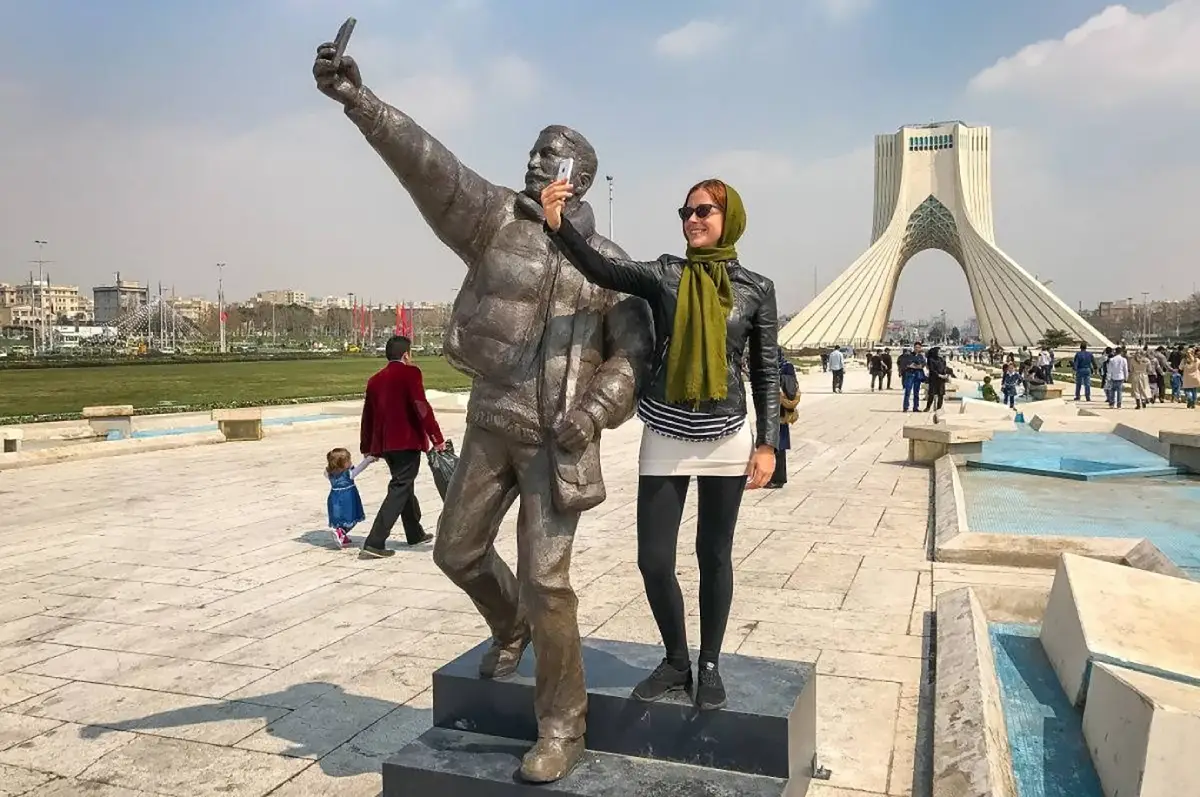
Easy Visa Process for European Travelers
Getting an Iranian visa as a European citizen is straightforward, with the exception of British nationals who may face additional requirements. You have several options for obtaining your visa: you can apply for an e-visa online or visit the Iranian embassy in person. However, applying through a trusted travel agency like “Visit Our Iran” Travel Company is the most reliable and convenient method.
To initiate your visa application through “Visit Our Iran,” simply complete the form online and contact our support team by clicking on the chat icon at the bottom right corner of the page. Typically, within 5-7 working days, we will provide you with your visa authorization code, streamlining the process for you.
Flight Options from Europe to Iran
Following new sanctions imposed by the US on Iran, many European airlines have discontinued their direct flights to the country. However, direct flights are still available from major European cities such as Hamburg, Frankfurt, Vienna, Rome, and Kiev to Tehran. Alternatively, if you prefer an indirect route, you can find excellent flight connections through transit hubs like Istanbul, Doha, and Dubai.
Best Time to Travel from Europe to Iran
Iran has a diverse climate, making it a year-round destination. However, the optimal times to travel from Europe are generally from March to May and September to November. During the winter months, you can enjoy skiing in the North and Northwest regions or enjoy bird watching in the Southwest and Persian Gulf islands. In the summer, the North of Iran offers fantastic opportunities for trekking and climbing adventures.
Whether you’re planning a cultural exploration, outdoor escapades, or simply seeking to immerse yourself in Iran’s rich history and landscapes, there’s something for everyone throughout the year.
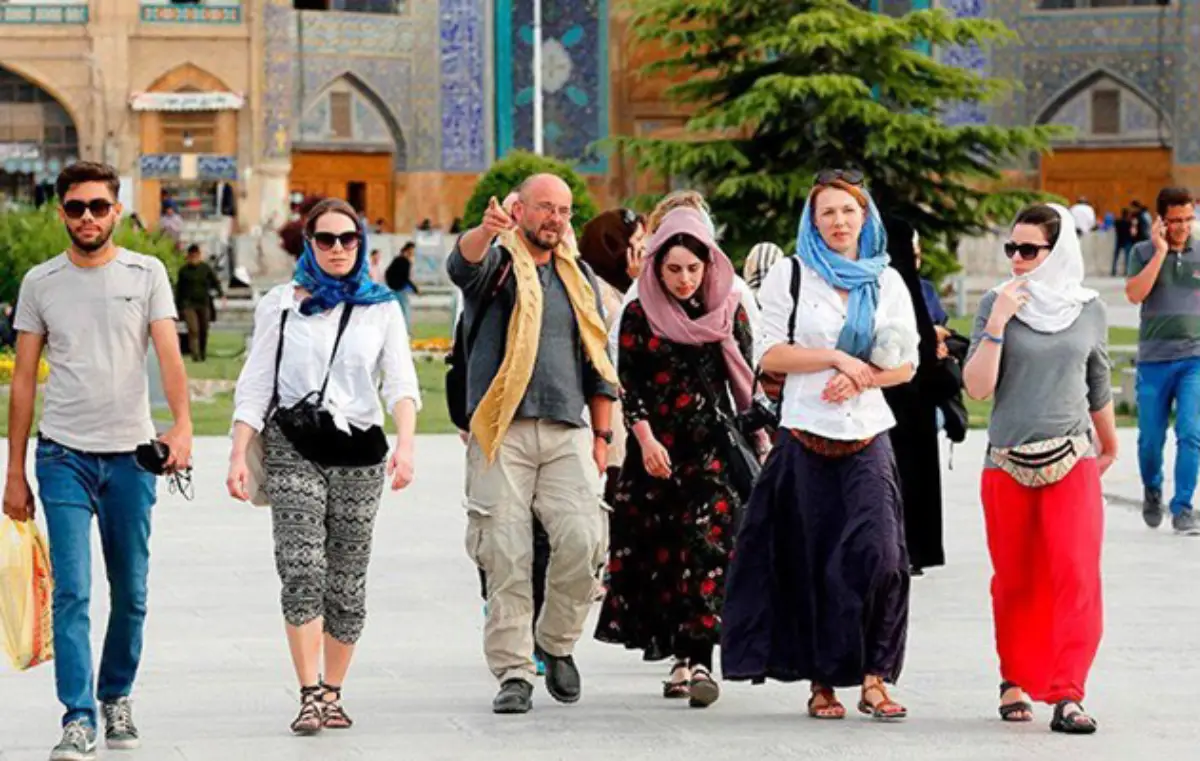
Iran Visa Requirements
To apply for an Iran visa, you’ll need to provide a copy of your passport and a recent photo. Both of these must meet specific requirements.
- Submission of travel itinerary including all cities and accommodations for each day (modifiable later as plans change)
- Printout of travel insurance covering Iran (full-coverage Iran Travel Insurance)
- Application fee in USD or EUR
- Completed application with personal information, travel plans, and host information if applicable
- A confirmed return ticket
If you plan to visit Iran, Visit Our Iran provides comprehensive visa services. Contact us via [email protected] or reach out through the chat icon at the bottom right of the page.
Your passport copy needs to be a sharp and clear color image. Save it in JPEG format and ensure it’s under 500 KB in size. The image should be rectangular, with the height less than the width. An ideal size is 800 by 600 pixels. This ensures that the details are easily readable and the file is manageable for the application process.
Your photo must be a sharp and clear color image in JPEG format, and it should be under 240 KB in size. Unlike the passport copy, the photo should be rectangular with the height greater than the width, ideally sized at 600 by 400 pixels.
The photo needs to be taken within the last six months, showing you in everyday attire. Make sure it has a plain white background and you are facing the camera directly. Your face should be fully visible without any glasses.
Meeting these requirements is essential for a smooth visa application process. Ensuring your passport copy and photo meet these standards will help avoid delays or rejections.
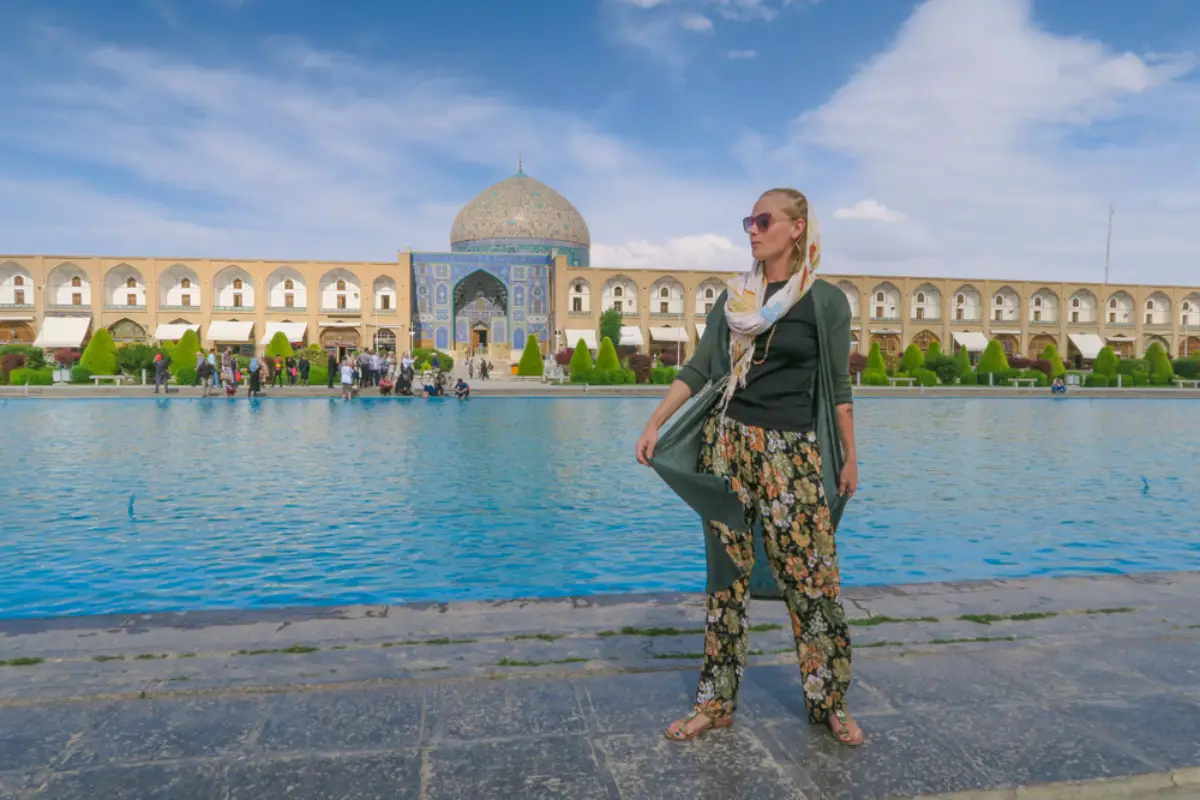
Types of Iran Visas
To visit Iran, you will need a tourist visa. However, various types of Iran visas are available, depending on your travel purpose. Below are the different visa types, so you can check and select which best suits you.
Tourism (Leisure) Visa: This visa is designed for leisure travelers worldwide. It allows you to explore Iran for up to 45 days, with the possibility of extending your stay to 90 days.
Medical (Treatment) Visa: This visa is for patients seeking affordable medical and cosmetic treatments. It covers procedures like nose jobs, dental work, hair transplants, and more, offered by certified facilities with world-class services.
Student (Academic) Visa: If you are a student, researcher, or scholar planning to study in Iran for one or more semesters, this visa is for you. You will need a Certificate of Eligibility for Nonimmigrant Student Status from the relevant authorities.
Transit (Transport) Visa: This visa is for travelers passing through Iran, typically with their vehicles. It is issued for 5-7 days and requires entry and exit via different countries.
Work (Labor) Visa: For individuals working with or establishing companies in Iran, this visa is valid for at least one year.
Business (Entry) Visa: This visa is meant for businessmen, conference attendees, or professional athletes. It requires an invitation letter from the hosting organization.
Pilgrimage (Ziarat) Visa: Specifically for Muslims visiting Iranian holy sites. Non-Islamic pilgrimage sites fall under regular tourist visas.
Press (Media) Visa: This visa is for filmographers, directors, producers, or members of the press coming on official assignments.
FIFA (World Cup) Visa: Exclusively for World Cup attendees, this visa allows a visa-free stay of up to 20 days before or during the games.
Please note that all Iran tourist visas allow for single entry. Multiple-entry visas are exclusively available for business and student purposes. By understanding the different types of Iran visas, you can choose the one that best fits your travel plans.
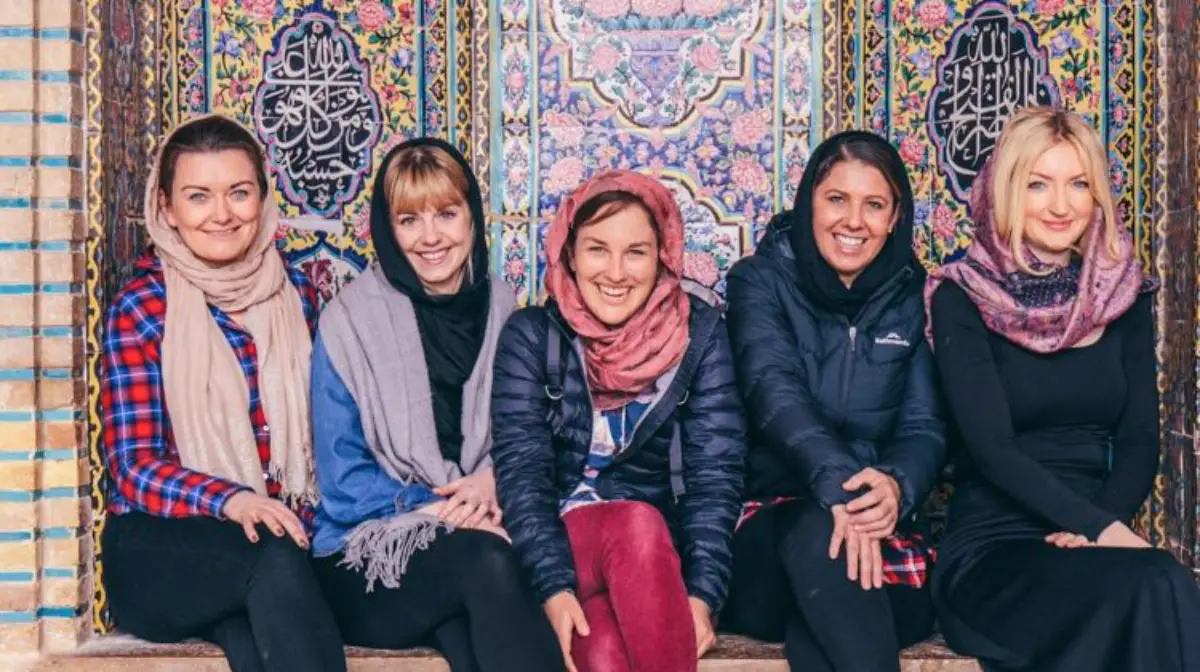
Guide for European Citizens Applying for an Iran Visa
Applying for an Iran visa as a European citizen is simple, no matter where you’re from. Here’s a straightforward guide to help you through the process.
- Apply Online
Visit Our Iran visa services website for a 100% guarantee on your visa application. You fill out the form on our website, and we handle the rest. Regular processing at embassies or consulates takes 5-7 days.
- Collect Your Visa
You have two options for collecting your visa. You can pick it up at any of Iran’s embassies or consulates, or you can collect it upon arrival at an international airport in Iran.
If you choose to get your visa at the airport’s Visa on Arrival (VOA) counter, the process takes 1-5 hours. However, we recommend you apply for your visa one month before your anticipated travel date. By submitting your application ahead of time, you avoid last-minute rushes and potential delays that could disrupt your plans.
Additionally, an advanced application allows ample time for processing, reducing the risk of complications and ensuring that you receive your visa on time.
Is Iran Safe for European Travelers?
When thinking about visiting Iran, many European travelers have safety concerns, often due to political tensions and media coverage. However, it’s essential to look beyond these misconceptions. Iranians are known for their hospitality and go out of their way to make visitors feel welcome. The Iranian police also work hard to ensure the safety of tourists.
However, as a traveler, you should be aware of and respect Iranian laws. For example, dress codes, particularly for women, are enforced. Women must wear a hijab and modest clothing in public. Understanding and respecting these norms will help you have a smoother and more enjoyable trip.
Iran is also considered safe for backpackers and solo female travelers. Despite these misrepresentations, many tourists from across Europe, including Germany, Sweden, Belgium, and Ireland, have visited Iran without encountering any safety issues. These travelers have enjoyed their trips and found Iran to be a welcoming and fascinating destination.
You can check out our full article on safety in Iran for more information. By staying informed and respectful, you can have a safe and enriching experience in this fascinating country.
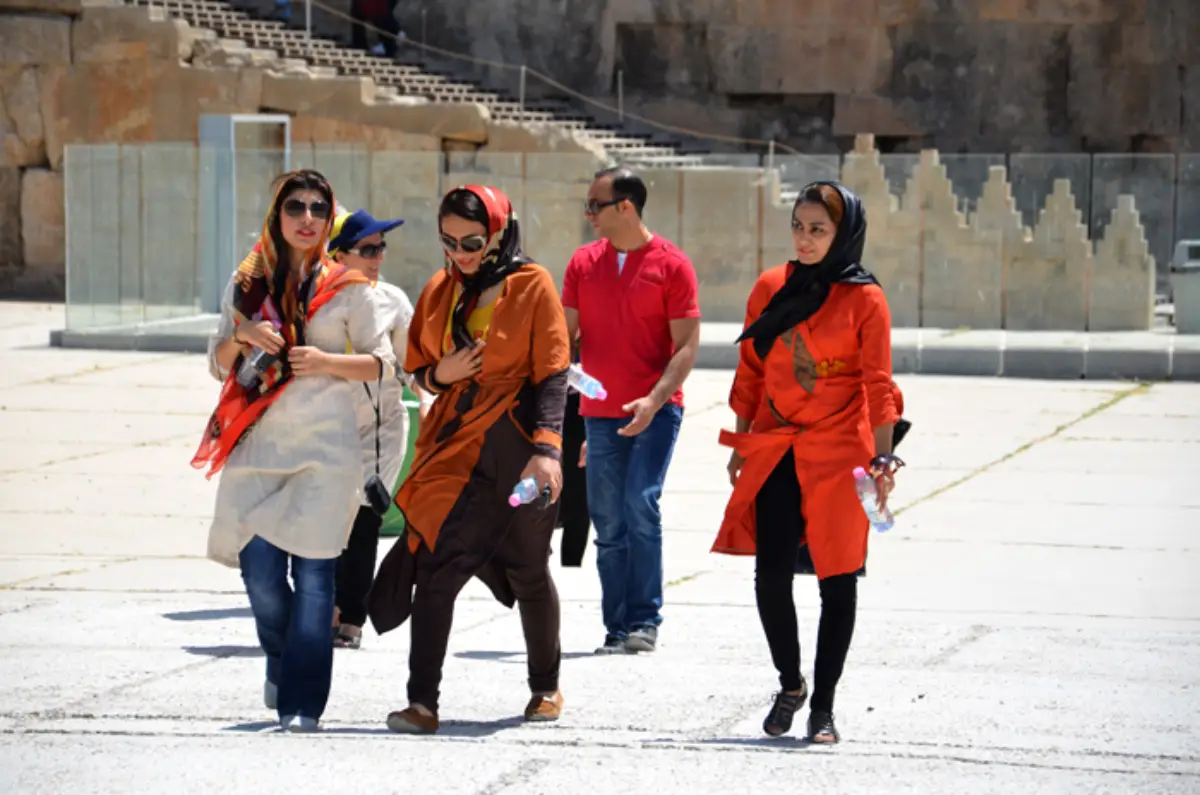
Notes for European Tourists Applying for an Iran Visa
As you plan your trip to Iran, there are some important notes to keep in mind regarding your visa and travel arrangements. Firstly, it’s crucial to know that Iranian travel is prohibited for Israeli nationals. Additionally, if your passport contains an Israeli stamp or visa, you will not be allowed to enter Israel. While our team at Visit Our Iran will make every effort to obtain your visa, please note that if your application is rejected, there will be no refund.
When it comes to booking accommodations, be aware that many well-known foreign booking services like Expedia or Booking.com are unavailable in Iran. Instead, consider using Iranian reservation services or other local websites. Visit Our Iran offers a user-friendly platform for arranging travel, lodging, and guided excursions, ensuring a seamless experience for you.
If you’re planning to enter Iran via land boundaries, you cannot obtain a Visa on Arrival (VOA). This policy only applies to visitors entering from certain international airports.
Iran is a four season country. So, you may experience a wide range of weather conditions, so pack accordingly. From hot and muggy summers by the Caspian Sea to chilly mountainous areas, be prepared with clothes for both warm and cool climates.
Respect Iran’s distinctive dress code by packing appropriate clothing. Women should carry a scarf in their hand luggage to cover their hair upon arrival, along with clothing that covers their arms, legs, and back. Sandals are acceptable footwear, especially in hot summer weather.
Notably, you do not require a tourist visa to access Qeshm or Kish Island. And lastly, be cautious when identifying yourself as a photographer, journalist, filmmaker, or someone working in the media. Such professions may increase the likelihood of your visa being denied, as well as careers that involve contact with foreign governments, such as contractors or government employees.
By keeping these notes in mind, you can ensure a smoother and more enjoyable experience during your visit to Iran.


